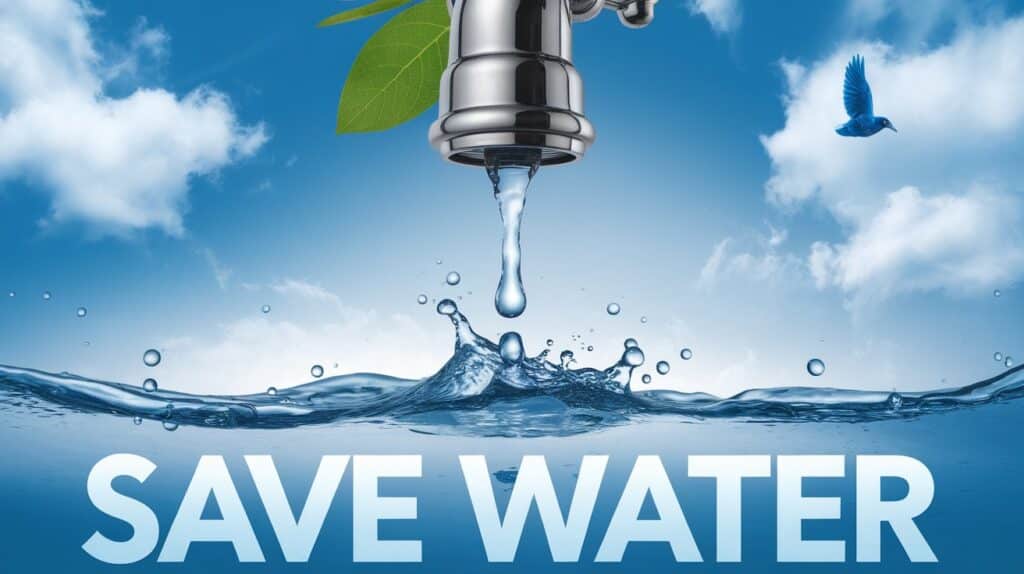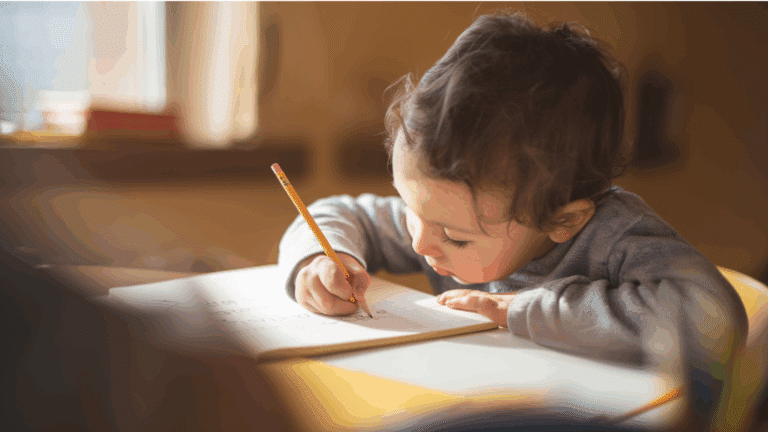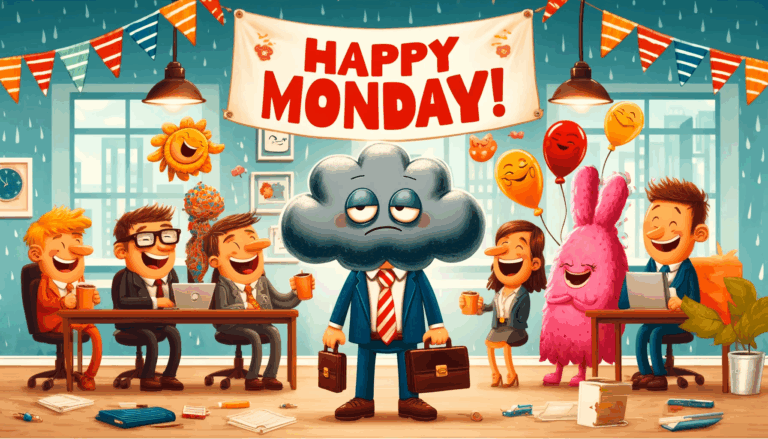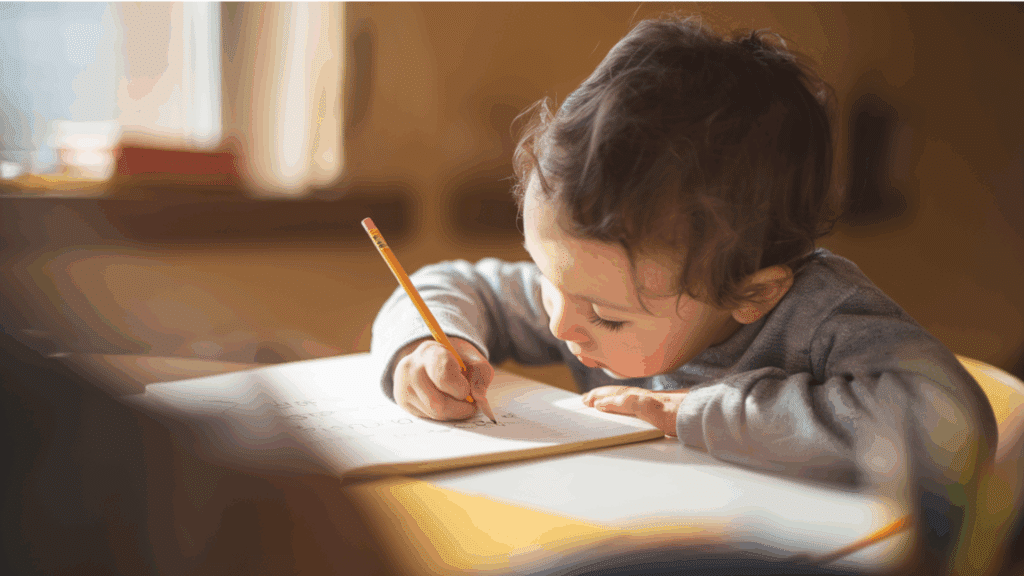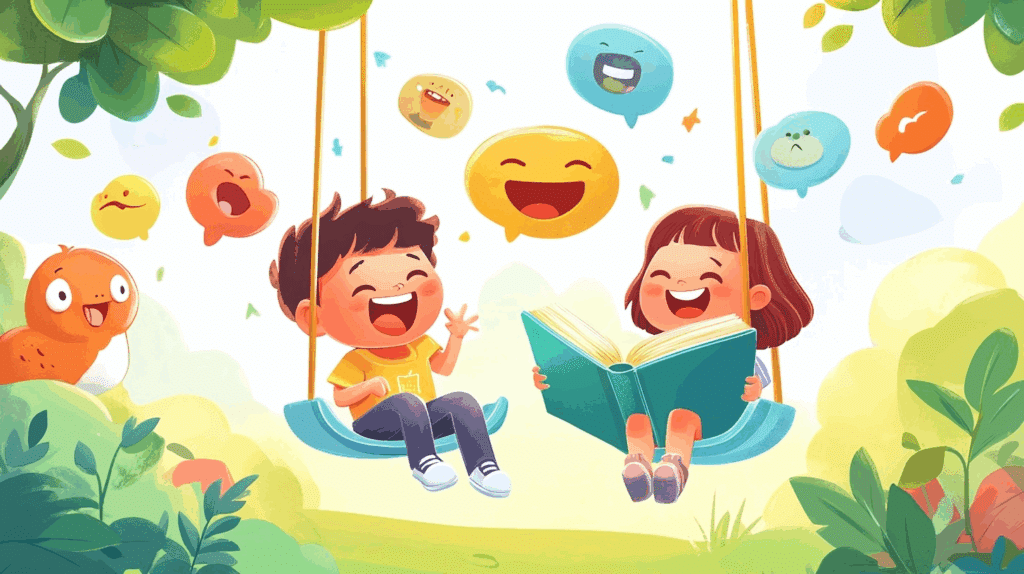Water scarcity affects more than 2.8 billion people worldwide. From dried-up wells in rural areas to strict water rationing in major cities, communities everywhere face the harsh reality of dwindling water resources.
Yet many people still don’t know the most effective ways to conserve water in their daily lives.
This collection of essays offers practical solutions and insights about water conservation that you can start using today.
Each essay approaches the topic from a different angle – from simple household tips to larger community initiatives – giving you a complete understanding of how to make a real difference.
In these essays, you’ll learn proven methods to reduce water waste, smart techniques for water reuse, and ways to influence others in your community to save water.
Essay #1
Clean water supplies continue to decrease worldwide, with many communities facing shortages and droughts. The average household wastes up to 180 gallons of water each day through leaks, inefficient appliances, and poor habits, putting our future water security at risk. The good news is that we can make meaningful changes to protect and preserve our water resources. Simple adjustments in our daily routines can lead to significant water savings at home, work, and in our communities. This essay examines practical ways to save water, from fixing household leaks to adopting water-smart habits. We’ll look at the importance of water conservation and share specific steps that help reduce water waste.
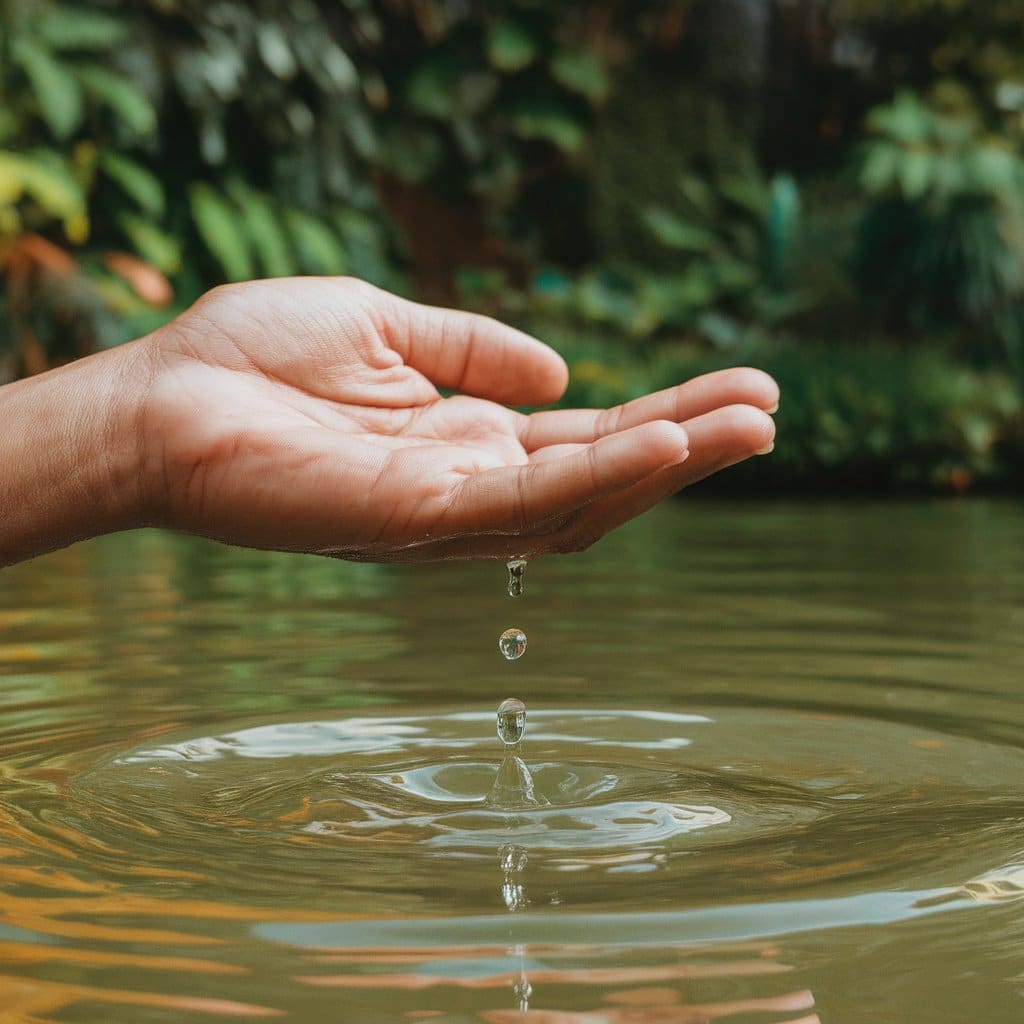
Water stands as the foundation of life on Earth. Every living being – from the smallest plants to humans – needs water to survive. Without it, life itself would cease to exist on our planet. In our daily lives, water serves essential purposes. Families need clean water for drinking, cooking meals, and maintaining hygiene. Farmers rely on water to grow crops that feed communities and support local economies. Industries use water for manufacturing, while ecosystems need it to maintain their balance. Our health depends heavily on access to clean water. Drinking contaminated water can cause serious illnesses while having enough clean water helps prevent disease spread. Communities with reliable water access show better public health outcomes and stronger economic growth. Regions facing water scarcity often struggle with reduced farm output and higher costs for basic needs.
The world faces serious water shortages affecting 2.2 billion people who lack access to clean drinking water. Another 4 billion face severe scarcity for at least one month yearly. The impact hits hardest in Africa and the Middle East. Sub-Saharan regions often have less than 10 liters of clean water per person daily, well below the needed 50 liters. Middle Eastern nations use 85% of their available freshwater, leaving little for growth.
These shortages harm daily life in many ways. Farmers can’t grow enough food, businesses reduce operations, and schools close without basic sanitation. Hospitals struggle with hygiene, while food prices rise as crop yields fall. Manufacturing slows, too – it takes 75,000 gallons of water to make one ton of steel. Water tables keep dropping as cities grow and demand increases. Communities must dig deeper for water, using resources faster than nature can restore them.
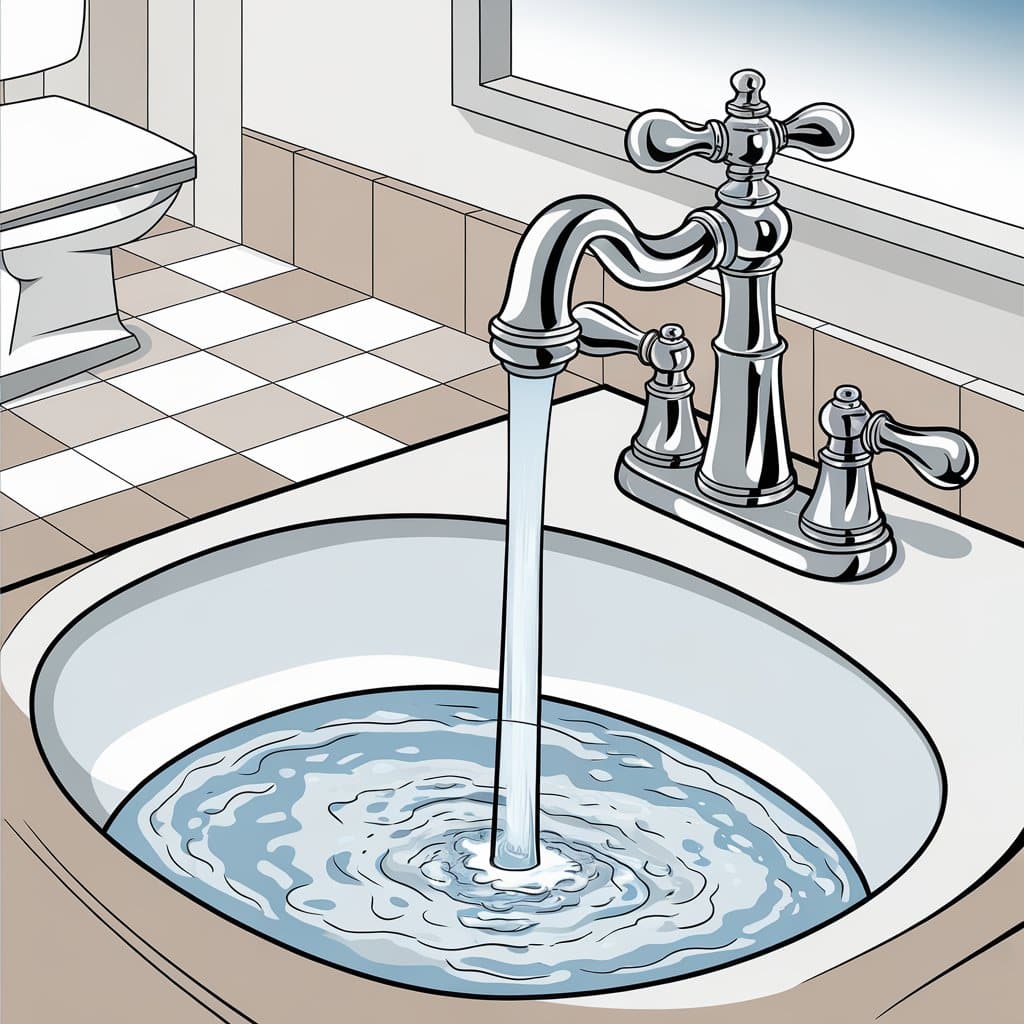
Daily habits contribute significantly to water loss. The average person uses 30% more water than needed for daily tasks. Running taps while brushing teeth wastes 4 gallons per minute, while long showers use up to 17 gallons of water. Leaky faucets, often ignored, can waste 3,000 gallons yearly – enough to fill a swimming pool. Pollution severely impacts our water supplies. Industrial waste enters rivers and streams, making water unsafe for use. Chemical runoff from farms adds harmful substances to groundwater. Each year, about 80% of global wastewater returns to the environment without treatment.
Poor management practices worsen the situation. Old, leaking pipes in city water systems lose up to 30% of water before reaching homes. Many farms still use flood irrigation, which wastes 60% of water through evaporation. Climate change increases water evaporation from lakes and rivers, while changing rainfall patterns create longer dry periods in many regions. Rising sea levels contaminate coastal freshwater sources, affecting millions of people in coastal areas.
Home Water Conservation Small changes at home can save hundreds of gallons monthly. Fix leaking pipes and dripping faucets right away – even slow drips waste 20 gallons daily. Install low-flow showerheads that use 2 gallons per minute instead of 5 gallons. Turn off taps while brushing teeth or washing dishes, saving up to 8 gallons each time.
In bathrooms and kitchens:
- Run washing machines only with full loads
- Use dishwashers instead of hand-washing when possible
- Check toilets for hidden leaks using food coloring
- Collect cold water while waiting for hot water
- Keep drinking water in the refrigerator instead of running taps
Agricultural Water-Saving Methods:
- Drip irrigation systems deliver water directly to plant roots
- Soil moisture sensors prevent overwatering
- Drought-resistant crop varieties need less water
- Mulching reduces water evaporation from soil
- Evening or early morning watering minimizes loss through evaporation
Industrial Solutions Businesses can implement water-saving practices:
- Reuse cooling water in manufacturing processes
- Install water meters to track usage
- Use high-pressure, low-volume cleaning systems
- Fix equipment leaks promptly
- Train staff in water-efficient practices
Spreading Awareness Share water-saving tips with others:
- Start conservation clubs in schools
- Share success stories of water savings
- Post water-saving reminders near water sources
- Teach children about water’s value
- Support local water conservation efforts
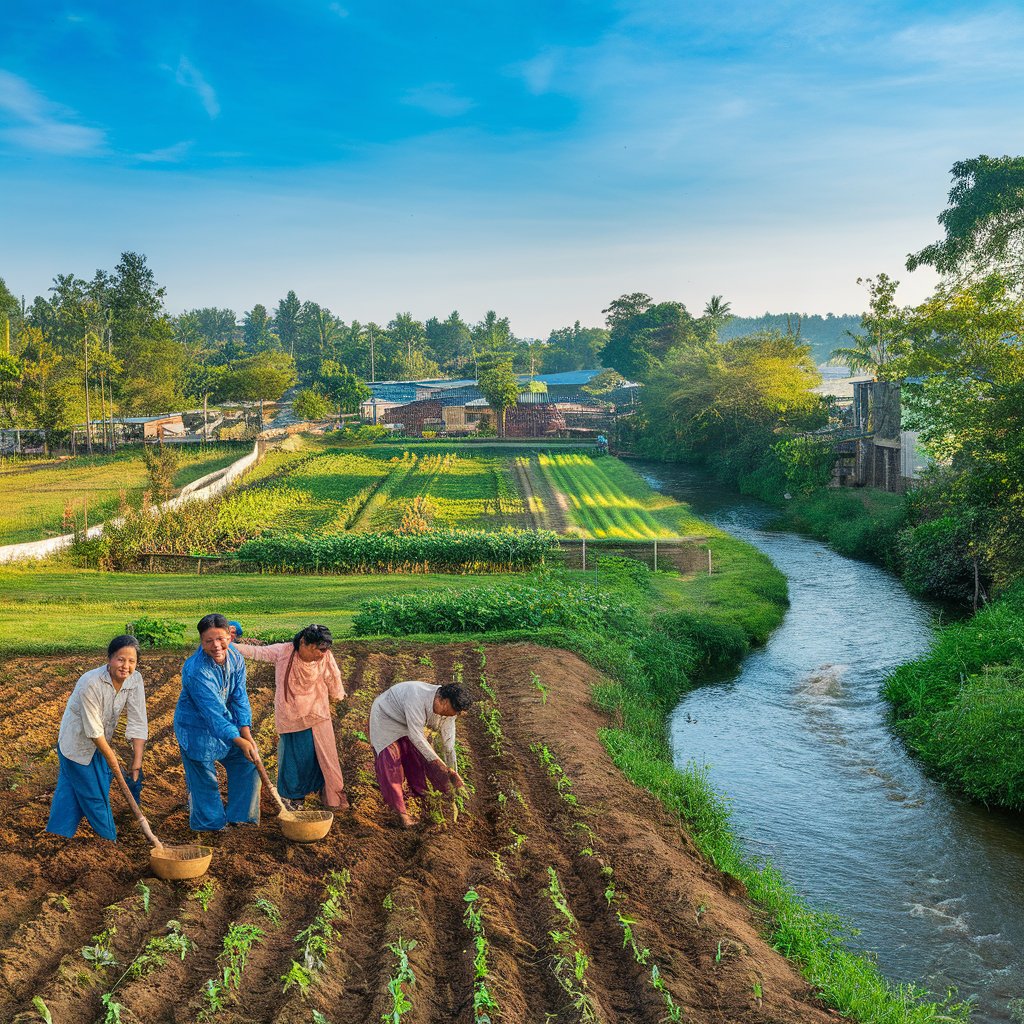
When we save water, our environment thrives in natural balance. Lakes and rivers maintain proper water levels, supporting countless species of fish and plants. Wetlands remain healthy, providing homes for wildlife, while underground water sources replenish themselves properly. This careful use means less chemical treatment and energy consumption, reducing overall environmental impact.
The financial benefits affect everyone’s wallet. Families see immediate results through lower monthly water and energy bills, while spending less on repairs and maintenance. Businesses and farms increase their profits through reduced operating costs and better resource management. When water-using equipment lasts longer, replacement costs drop significantly. Communities strengthen when water supplies remain steady and clean.
Public health improves as more people access clean water for daily needs. Local farms maintain food production, keeping prices stable. Schools and hospitals operate without interruption, serving their communities better. Most importantly, saving water today ensures future generations will have enough clean water for their needs, while keeping it affordable and accessible for everyone.
Saving water remains essential for our shared future. Each day, our choices about water use shape the world we’ll live in tomorrow. The facts make this clear – from the billions facing water shortages to the growing pressure on our water systems worldwide. We’ve seen how small changes make big differences. Fixing leaks, using water-smart equipment, and changing daily habits can save thousands of gallons yearly. When communities work together on water conservation, they create lasting positive changes that benefit everyone. The choice lies with each of us. By using water wisely today, we help ensure clean water access for future generations. Every drop saved strengthens our communities, protects our environment, and builds a more stable future. Take the first step today. Start with one water-saving habit, share what you learn with others, and be part of the solution.
Essay #2
Water conservation means using our water wisely and caring for it properly. Think of water as money in a bank account – we need to spend it carefully and make sure we don’t waste it. It’s about finding smarter ways to use water and stopping wasteful habits. The concept goes beyond just turning off taps when brushing teeth. It includes fixing leaky pipes, collecting rainwater, reusing greywater from activities like washing vegetables, and picking plants that need less water to grow.
Conservation also means keeping our water sources clean by avoiding pollution. Water conservation isn’t about completely stopping water use – that’s impossible. Instead, it’s about being smart with how we use each drop. When we save water, we’re not just keeping more in our rivers and lakes – we’re also spending less money on water bills and helping our environment stay healthy.
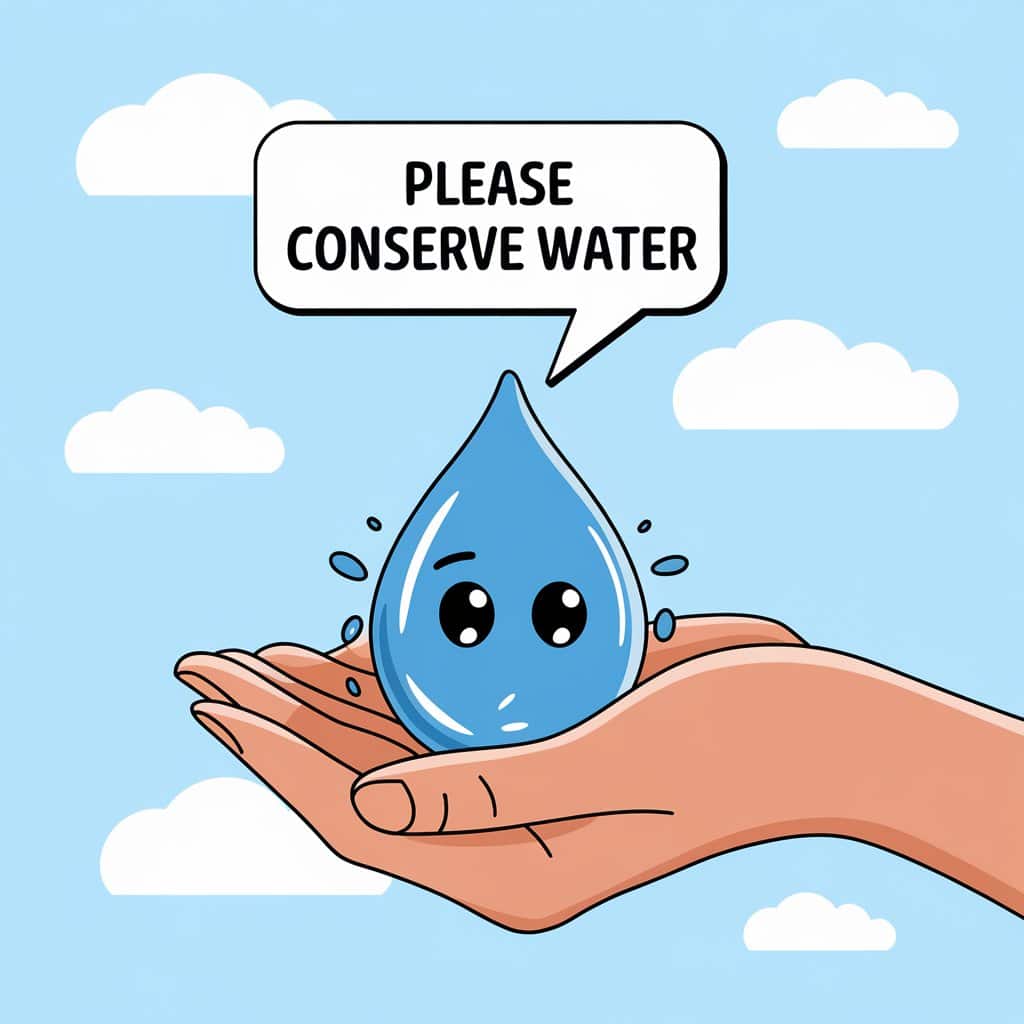
Fresh water makes up only 3% of Earth’s total water supply, and most of this is frozen in glaciers. This leaves us with a very small amount of usable fresh water. Each year, the demand for freshwater rises by 1% worldwide, putting more pressure on our limited supplies. The effects of water scarcity are already visible. Many regions face water shortages, leading to problems in farming, daily life, and business operations. In farming areas, lack of water means fewer crops and higher food prices. Cities struggle to provide enough water for their growing populations. When we don’t have enough water, it affects our health too. Poor water quality and limited access to clean water can lead to various illnesses.
Many children miss school because they’re sick from drinking unsafe water or because they spend hours collecting water from faraway sources. Money matters also come into play. When water becomes scarce, its price goes up. This affects everyone – from households paying higher water bills to farmers spending more on irrigation, leading to more expensive food in our stores.
Small changes in our daily habits can save large amounts of water. Starting in the bathroom, fix any dripping faucets – a single leaky tap can waste up to 20,000 liters of water per year. Install low-flow showerheads and take shorter showers – even cutting two minutes from your shower time saves 10 gallons of water. In the kitchen, run your dishwasher only when it’s full. When washing dishes by hand, don’t let the water run continuously. Keep a container of drinking water in the fridge instead of running the tap until it gets cold. While washing vegetables, collect the water and use it for your plants. Your laundry routine matters, too. Wait until you have a full load before running your washing machine. This can save up to 1,000 gallons of water monthly.
Outside your home, water your garden early morning or evening to reduce evaporation. Check your outdoor pipes and sprinklers regularly for leaks. Use a layer of mulch around plants to keep moisture in the soil longer.
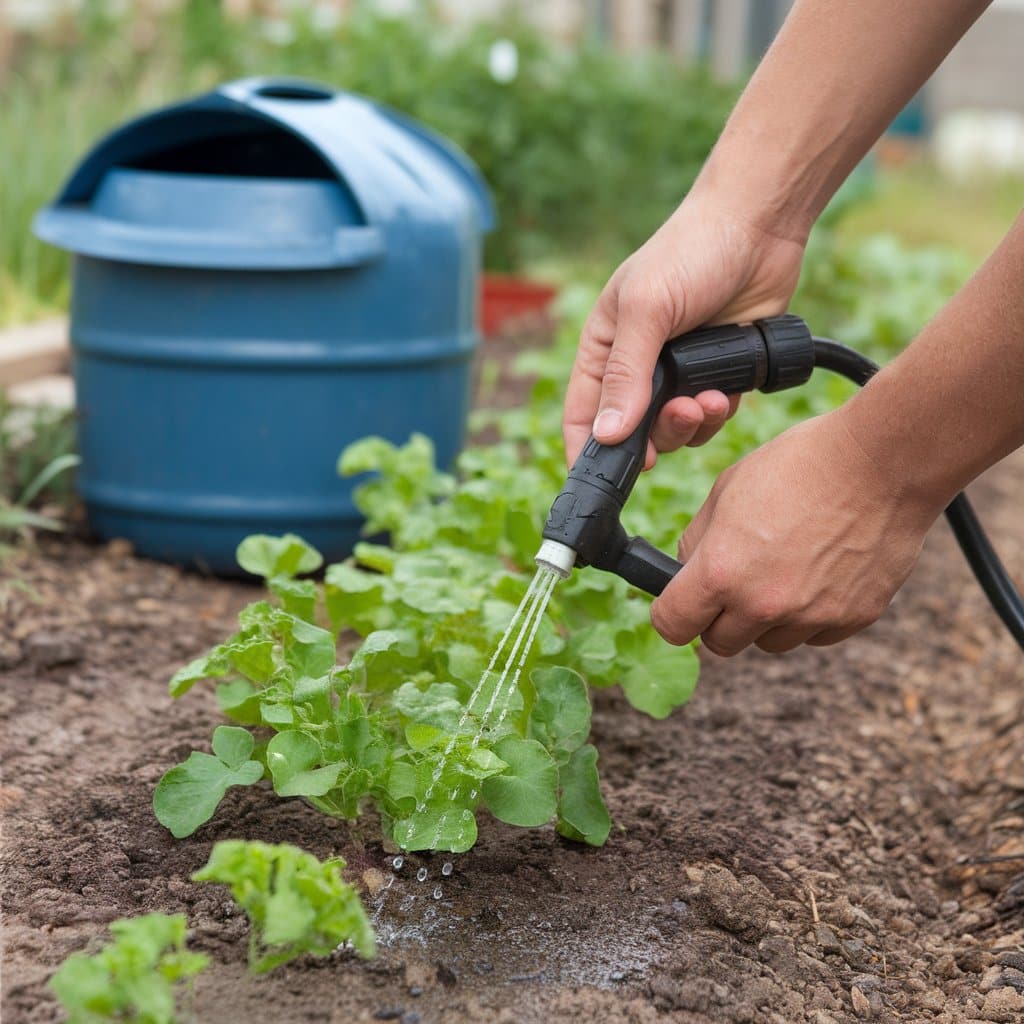
Agriculture uses about 70% of the world’s freshwater supply, making it crucial to improve farming water practices. Modern farming methods make a big difference in water savings while maintaining good crop production. Drip irrigation stands out as an effective method, delivering water straight to plant roots instead of spraying it over entire fields. This technique uses 30-50% less water than traditional methods, and plants grow better with the steady moisture supply.
Time-based watering helps, too – farmers check soil moisture and weather forecasts to water crops only when needed. Planting crops suited to the local climate means they need less artificial watering. For example, growing drought-resistant crops in drier areas naturally reduces water use. Soil improvement plays a key role. Adding organic matter helps soil hold more water, meaning less frequent watering. Using mulch and ground cover plants reduces water evaporation from the soil. Many farmers now collect rainwater in ponds or tanks during wet seasons to use when it’s dry.
Communities working together make a bigger impact in saving water than individuals acting alone. Local groups can organize water-saving campaigns and spread knowledge about smart water use. When neighborhoods join forces, they can spot and report water waste more effectively, like broken public pipes or wasteful practices. Community gardens serve as excellent learning spaces where people share water-saving methods. Residents can learn about water-wise plants and efficient irrigation systems. Local cleanup drives help keep water sources free from trash and pollution.
Schools play a vital part, too. When students learn about water conservation, they bring these lessons home. School projects about water saving often spread awareness throughout entire neighborhoods. Neighborhood associations can create water-saving guidelines and recognize households that use water wisely. They can also work with local authorities to fix water supply issues quickly and suggest better ways to manage community water resources.
Governments play a crucial role in managing water resources effectively. They can create and enforce laws that prevent water pollution and wastage. Setting up water quality testing systems helps ensure safe drinking water for everyone. Public education programs funded by governments help spread awareness about water conservation. When people understand why and how to save water, they’re more likely to participate in conservation efforts. Local authorities can offer incentives for installing water-saving devices in homes and businesses. They can also give tax benefits to companies that develop water-saving technologies.
Setting fair water prices encourages people to use water carefully while ensuring everyone can afford basic needs. Investing in infrastructure is essential. This includes repairing old water pipes, building better sewage treatment plants, and creating systems to collect rainwater. Governments can also fund research into new ways to clean and reuse water.
Saving water requires effort from everyone – individuals, communities, and governments. When we understand that every drop counts, small changes in our daily habits can add up to big savings. From fixing leaky faucets at home to supporting better farming practices, each action helps preserve our water supply. Remember, water conservation isn’t just about dealing with today’s needs – it’s about ensuring future generations have access to clean water. By taking steps now to use water wisely and protect our water sources, we’re investing in a better future for everyone.
Essay #3
Clean water shortage affects every continent, yet many people still treat it as an endless resource. From dried-up lakes to falling groundwater levels, signs of water stress appear in more places each year. Many communities now face the reality of limited water access, but few know the full scope of this growing problem. This essay examines how water scarcity shapes our world today and what it means for our future. We’ll look at real numbers behind the global water situation and understand why this matters to everyone – from city residents to rural farmers. You’ll learn about the true cost of water waste, how it affects our environment and economy, and what new solutions can help. Most importantly, you’ll discover practical steps to be part of the solution.
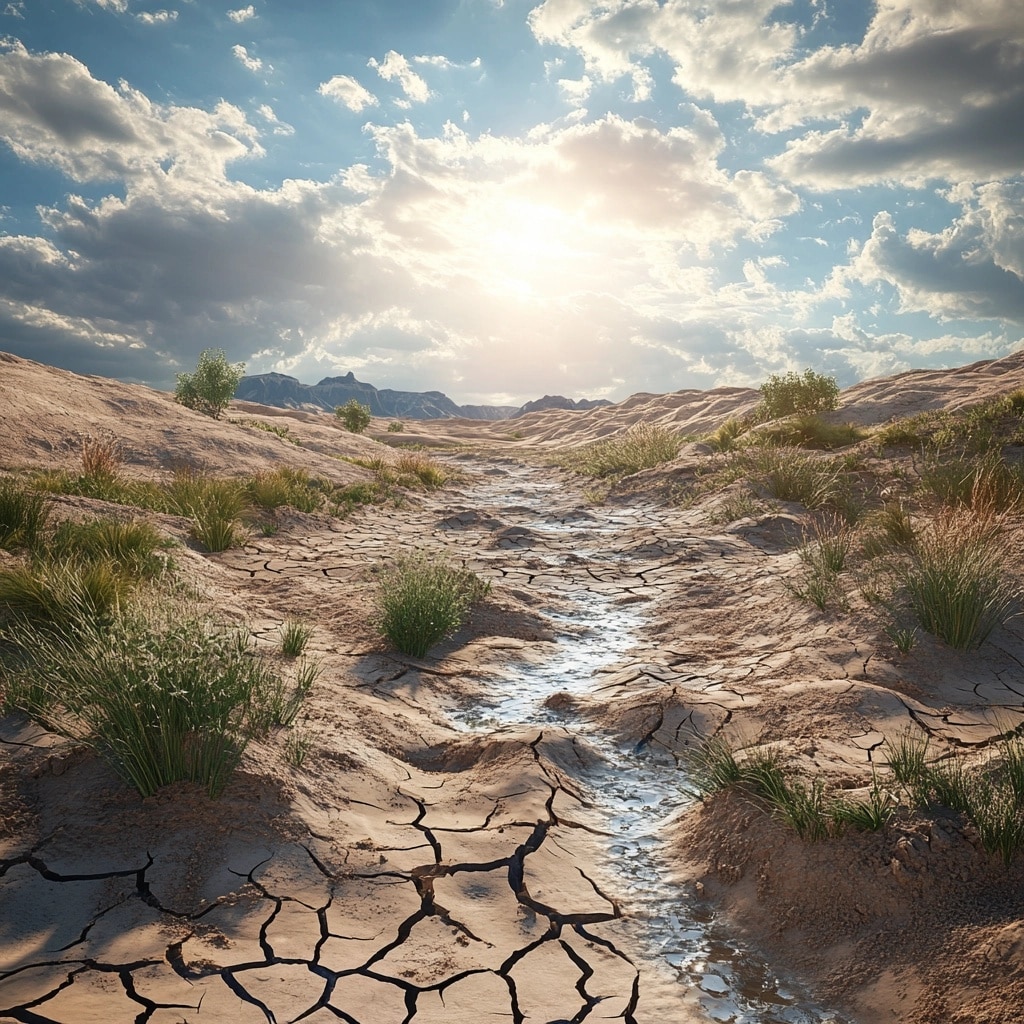
The numbers paint a clear picture of our world’s water situation. About 2.2 billion people lack access to safely managed drinking water. That’s nearly one-third of Earth’s population struggling to find clean water for basic needs. Climate changes make this problem worse. Rising temperatures cause more water to evaporate, while changing rain patterns leave some areas too dry and others dealing with floods. Many major cities, from Cape Town to São Paulo, have come close to running out of water completely.
Underground water sources, which many communities depend on, are dropping at alarming rates. Farmers dig deeper wells each year to reach water, while some wells dry up entirely. In coastal areas, falling freshwater levels let saltwater seep into drinking water supplies. Water quality issues add another layer to this crisis. Nearly 80% of wastewater flows back into nature without treatment. This pollution makes already scarce water resources even harder to use, affecting both human health and natural ecosystems.
Water scarcity affects every part of daily life in ways many people don’t realize. When water runs short, simple tasks become challenging. Families in water-stressed areas spend hours collecting water, often walking long distances to the nearest source. This takes time away from work, school, and other important activities. Personal hygiene suffers when water is limited. People must choose between drinking, cooking, and cleaning with their small water supply. This leads to health problems – from skin conditions to serious illnesses. In schools without proper water access, students, especially girls, often miss classes due to a lack of basic facilities.
The effects reach our food supply too. When water is scarce, food prices rise. Restaurants struggle to operate, and households can’t cook properly. Many people must buy expensive bottled water for drinking, straining family budgets. In cities, water shortages mean scheduled supply cuts. Residents must plan their days around when water will flow from their taps, storing it in containers for use during dry periods.
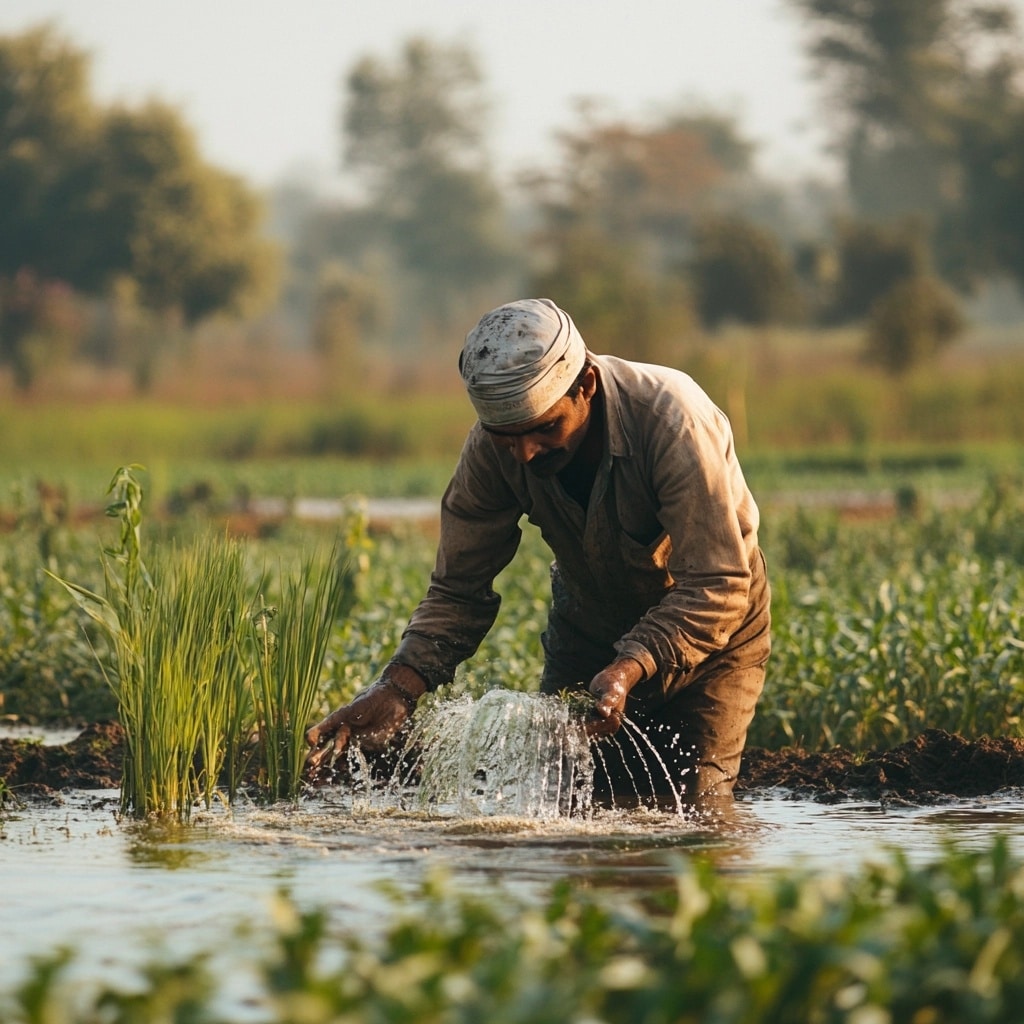
Water scarcity hits economies hard at every level. For businesses, water shortages mean higher operating costs and reduced production. Industries that use lots of water, like food processing and manufacturing, must slow down or stop work when supplies run low, leading to lost income and job cuts. Farmers face tough choices when water runs short. They might plant fewer crops or switch to less profitable ones that need less water. This raises food prices in stores and cuts farm incomes. In rural areas, reduced crop yields force many people to move to cities looking for work.
Cities spend massive amounts fixing old water systems. Leaky pipes waste up to 30% of water in many urban areas. Fixing these problems costs millions, often leading to higher water bills for residents. Tourism suffers, too. Hotels and restaurants need steady water supplies to serve guests, but when water runs short, these businesses lose customers. Areas known for water activities, like lakes and rivers, see fewer visitors when water levels drop.
New technologies offer promising ways to manage water better. Smart meters help spot leaks quickly by tracking water use patterns. Water treatment systems now clean and reuse wastewater more effectively, making it safe for many purposes. Farmers use sensors that measure soil moisture to water crops only when needed. Satellite data helps track water resources and predict shortages. New irrigation systems deliver water straight to plant roots, cutting waste by up to 60%. In homes, water-saving devices like low-flow fixtures and smart appliances reduce usage without affecting daily life. Apps now help people track their water use and find ways to save. Water-cleaning tools, from simple filters to advanced purification systems, make more water sources usable.
Each person’s efforts matter in saving water. Simple habits like taking shorter showers, fixing leaks promptly, and reusing water for plants make a difference. Being aware of water use, reporting water waste in public places, and teaching others about water conservation help create lasting change in communities. Water conservation needs everyone’s participation. Through smart technology, better habits, and community awareness, we can protect our water resources. Every step we take to save water today helps ensure clean water remains available for future generations.
Conclusion
These essays bring forward important insights about water conservation and its wide-reaching effects on our world.
Each essay offers unique views – from practical daily solutions to broader global impacts – showing that water conservation matters at every level of society.
The key message remains clear: saving water isn’t optional anymore. Whether through simple household changes, community efforts, modern technology, or government policies, everyone has a part to play in protecting our water resources.
The steps we take today – fixing leaks, using water-saving tools, supporting better farming methods, or raising awareness – all add up to make a real difference.
When we work together to save water, we’re not just cutting our water bills; we’re helping ensure that clean water stays available for everyone, now and in the years to come.
Frequently Asked Question
How much water is drinkable on Earth?
Only 1% of Earth’s water is drinkable. Most water is in oceans (97%), and 2% is frozen in ice caps. The tiny amount left must serve the entire planet.
What will happen if there is no water on Earth?
Without water, all life would end. Plants would die first, followed by animals and humans. The planet would become a lifeless desert with no food production or survival possible.
How to save water for kids?
Turn off taps while brushing teeth, take shorter showers, report leaks to adults, use water bottles wisely at school, and help parents water plants in the morning or evening.
Why is wasting water bad?
Wasting water reduces supplies for drinking, farming, and basic needs. It raises costs, harms wildlife, and leaves less water for future generations. Every drop matters for our planet.

